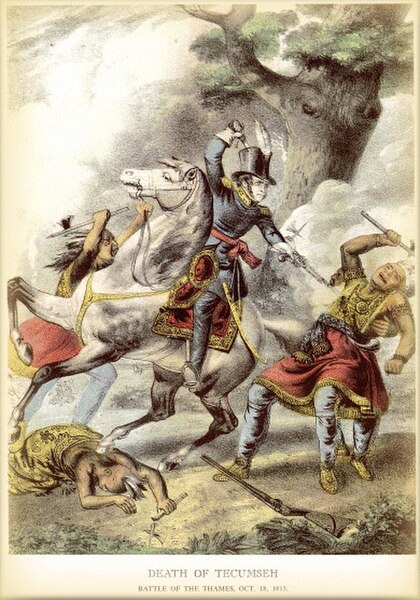The Homestead Acts were several laws in the United States by which an applicant could acquire ownership of government land or the public domain, typically called a homestead. In all, more than 160 million acres of public land, or nearly 10 percent of the total area of the United States, was given away free to 1.6 million homesteaders; most of the homesteads were west of the Mississippi River. These acts were the first sovereign decisions of post-war North–South capitalist cooperation in the United States.
Norwegian settlers in North Dakota, 1898
Certificate of homestead in Nebraska given under the Homestead Act, 1862
Typical STA "Jackrabbit" homestead cabin remains in Wonder Valley, California
Dugout home from a homestead near Pie Town, New Mexico, 1940
The American frontier, also known as the Old West, and popularly known as the Wild West, encompasses the geography, history, folklore, and culture associated with the forward wave of American expansion in mainland North America that began with European colonial settlements in the early 17th century and ended with the admission of the last few contiguous western territories as states in 1912. This era of massive migration and settlement was particularly encouraged by President Thomas Jefferson following the Louisiana Purchase, giving rise to the expansionist attitude known as "manifest destiny" and historians' "Frontier Thesis". The legends, historical events and folklore of the American frontier have embedded themselves into United States culture so much so that the Old West, and the Western genre of media specifically, has become one of the defining features of American national identity.

The cowboy, the quintessential symbol of the American frontier. Photo by John C. H. Grabill, c. 1887.
Daniel Boone escorting settlers through the Cumberland Gap
Siege of Fort Detroit during Pontiac's Rebellion in 1763
Native leader Tecumseh killed in battle in 1813 by Richard M. Johnson, who later became vice president








